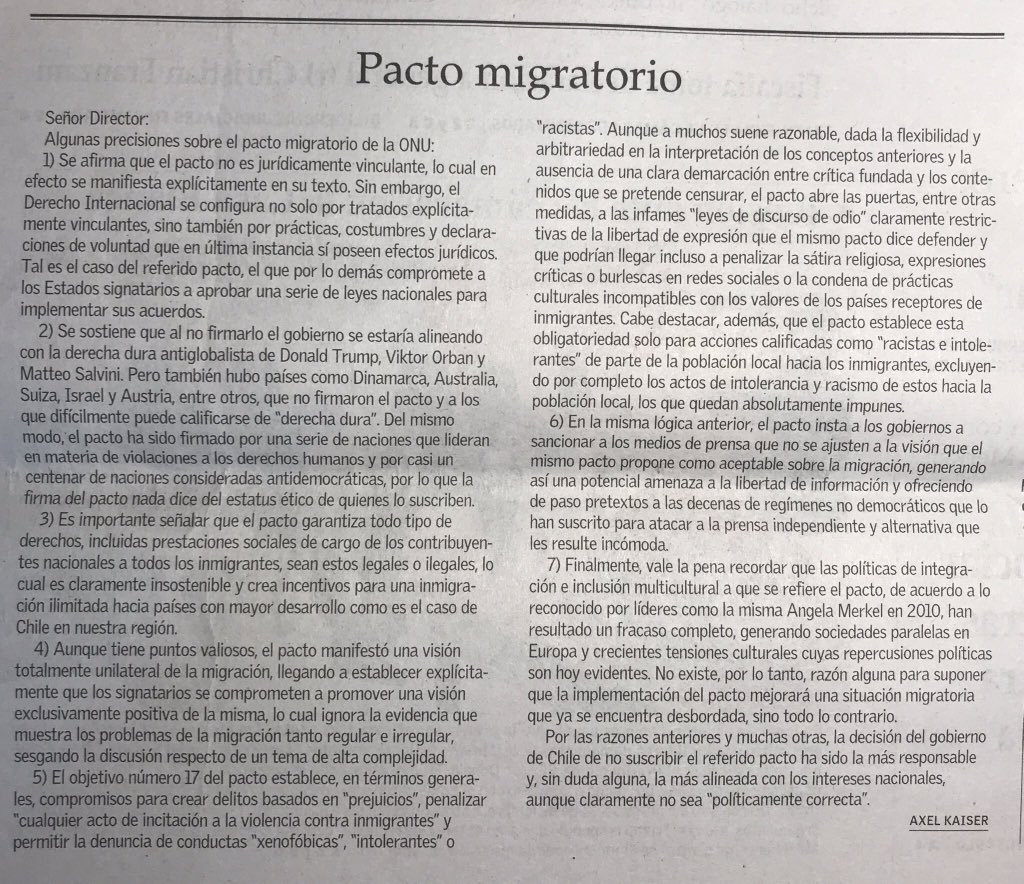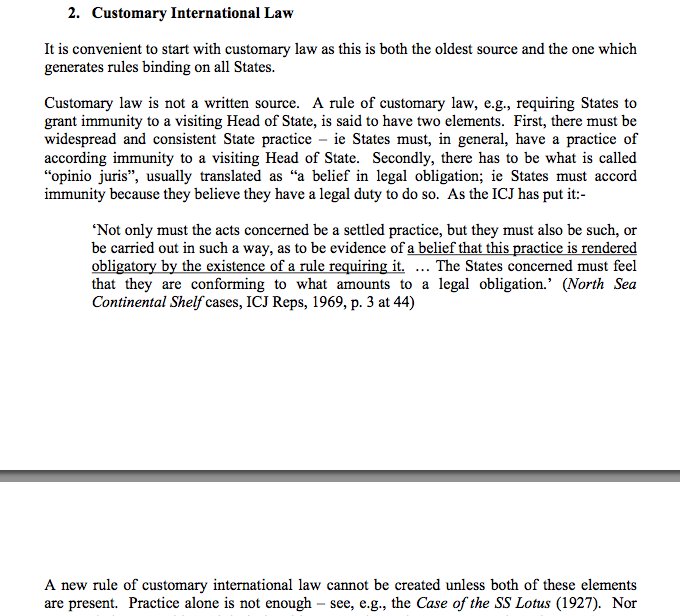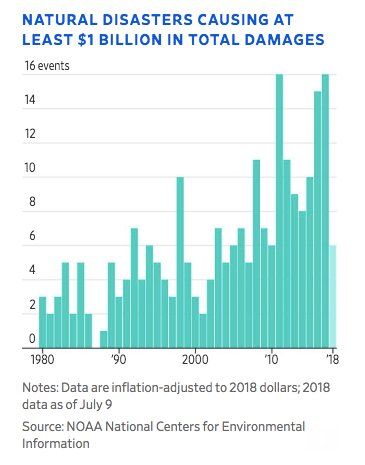N.Y. Times 2-column lead, "U.S. CLIMATE STUDY HAS GRIM WARNING OF ECONOMIC RISKS: Reduction of Up to 10 Percent in GDP."
That is 10% reduction by end of the century. At 3% annual GDP growth, GDP will grow by more than 700% in the same time frame.
Ignore all the misleading headlines on the above government report and actually try to read it if you have the time. It actually is quite un-alarming. I am surprised at how much good news it packs, between the lines.
“Drought statistics over the entire contiguous US have declined,” the report finds, reminding us that “the Dust Bowl era of the 1930s remains the benchmark drought and extreme heat event.”
The End






